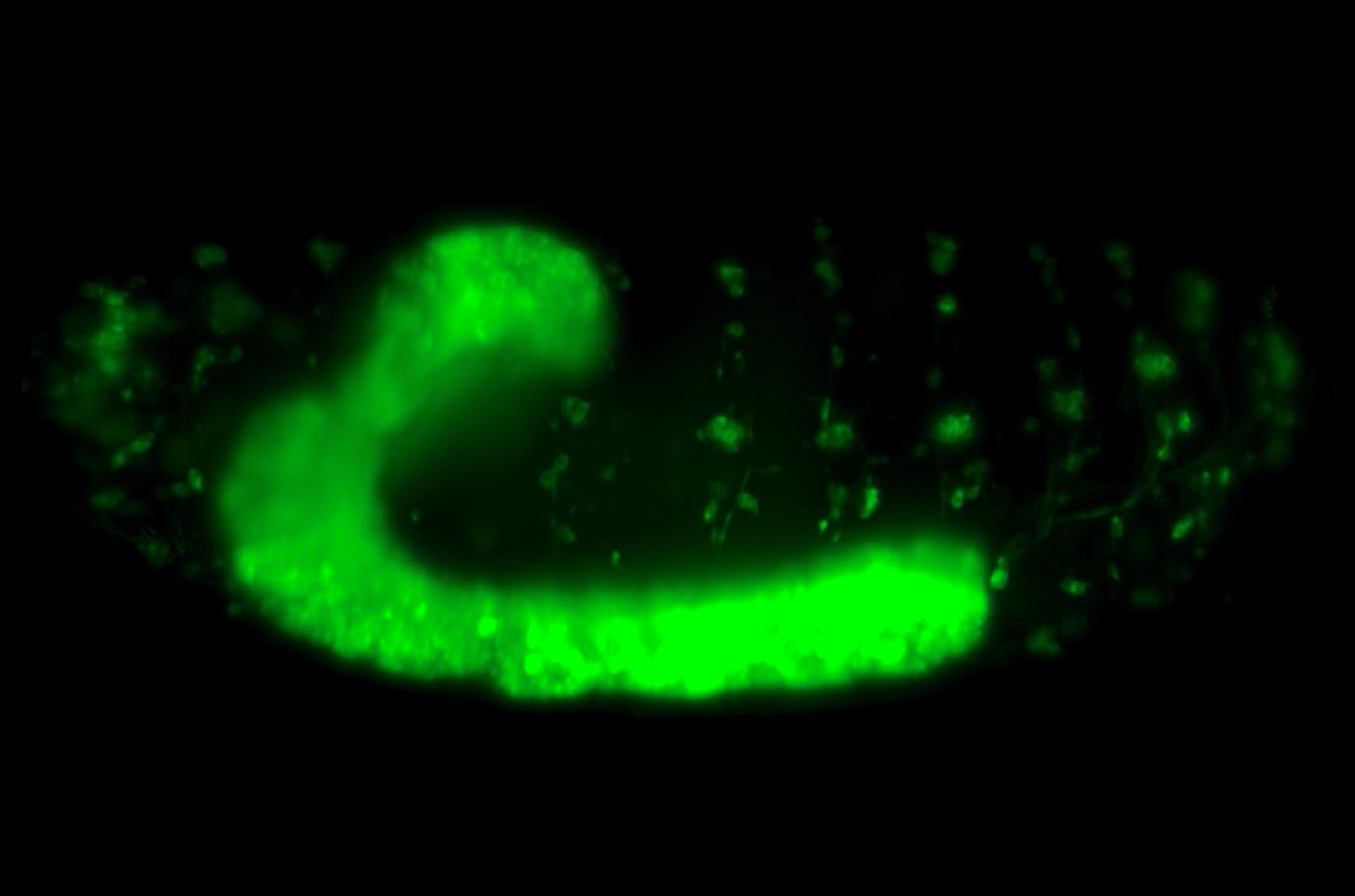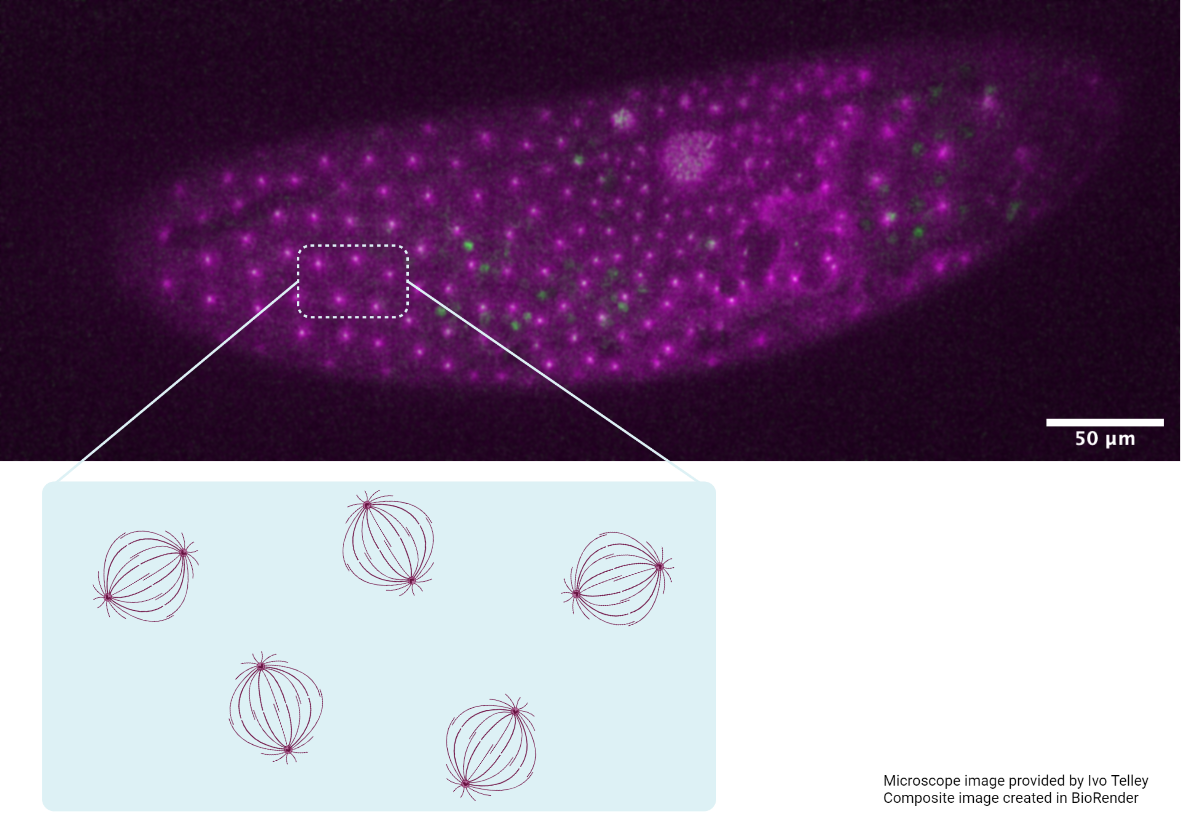Interdisciplinary short course for new graduate students
A case study
MBI SCICOMMS | APRIL 2018
Quantitative reasoning is an essential tool to have in every biologist’s toolkit. Right from designing the experiments and analyzing the data to interpreting other published studies, biologists are constantly faced with a need to adopt quantitative methodologies and approaches in every aspect of their research work. However, with many researchers lacking an interdisciplinary expertise- skills in both biology and quantitative techniques- it becomes a daunting task to work their way through huge piles of data in order to draw up meaningful, statistically significant analyses.

Bootcamp: An Integrative Approach to Understand Cell Function
The crux of the problem is that there are few comprehensive courses at the undergraduate level that equip students with skills in a broad range of topics, such as cell and molecular biology, bioinformatics, statistics, theoretical and computational modeling. As a result, students with a biology background lack many quantitative skills needed for their research. Conversely, biological sciences has seen an influx of researchers with a background in physical sciences and engineering. Though these students typically have strong quantitative skills, they often possess limited knowledge of the underlying biology. This often leads to reluctance and anxiety in students’ minds to explore subjects out of their niche field, and limits opportunities for fostering research collaborations.
An international team of academics including Assistant Professor Timothy Saunders from the Mechanobiology Institute, National University of Singapore, designed and implemented a short course that is aimed at introducing interdisciplinary concepts to new graduate students.
In order to tackle these issues and enhance quantitative and other interdisciplinary skills in graduate students in the biological sciences at the National University of Singapore, an international team of academics designed and implemented a short course that is aimed at introducing interdisciplinary concepts to new graduate students. The team consisted of: Assistant Professor Timothy Saunders from the Mechanobiology Institute and Associate Professor Cynthia He from the Department of Biological Sciences, National University of Singapore; Professor Patrice Koehl from Department of Computer Science and Genome Center, University of California; Dr Sharon Ong from Singapore MIT Alliance for Research and Technology Centre; and Professor Peter So from Department of Biological Engineering, Massachusetts Institute of Technology.
A multi-dimensional, interdisciplinary workshop
The course- designed as a workshop style ten day program- is delivered through a series of lectures and practical sessions. Twelve hours of lectures are dedicated to teaching fundamentals of core biology, and twelve more for introducing students to principles in quantitative techniques. The practical sessions (approximately 25 hours), which are mainly based on lecture contents, provide hands-on training in laboratory techniques such as sample preparation and imaging as well as in quantitative tools such as image analysis, statistical analysis, and programming tools like Matlab , R, and python.
Based on experiences and student feedback acquired since the implementation of the course, the course founders lay down some recommendations that could be adopted into designing and implementing similar courses elsewhere, which they recently published in PLoS Computational Biology [Saunders TE et al. Eleven quick tips for running an interdisciplinary short course for new graduate students. 2018. PLoS Computational Biology. 14(3): e1006039]. These broadly include: providing a relatively in-depth understanding of a few core topics that are most relevant to student needs rather than superficially covering a wide range of topics; creating a relaxed and conducive environment that fosters student-lecturer interactions- in class, over coffee breaks, via virtual platforms, and through social events; and inculcating effective communication and collaboration by designing coursework and report submissions around group activities. A ‘no-exam’ system was adopted so as to encourage students to develop their quantitative skills, regardless of their previous training.
The course, which has been running since 2015, has seen more than 100 participants so far. Gaining popularity with each passing year, feedback from students suggest that it has been effective in enhancing their knowledge in interdisciplinary concepts as well as in honing their networking and collaborating skills. This kind of exposure and training right at the start of their research careers will encourage the students to explore out of their comfort zones and adopt multi-dimensional approaches and methodologies while addressing questions in the biological sciences.








